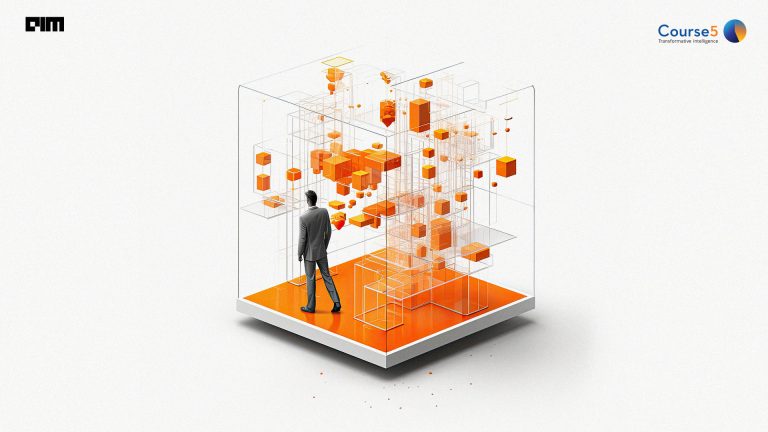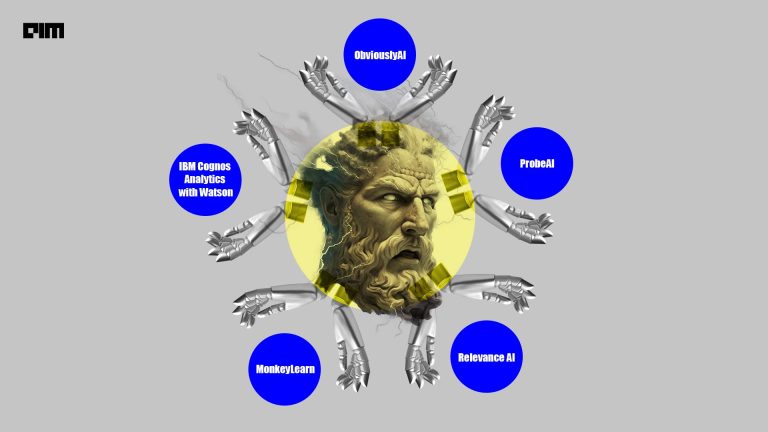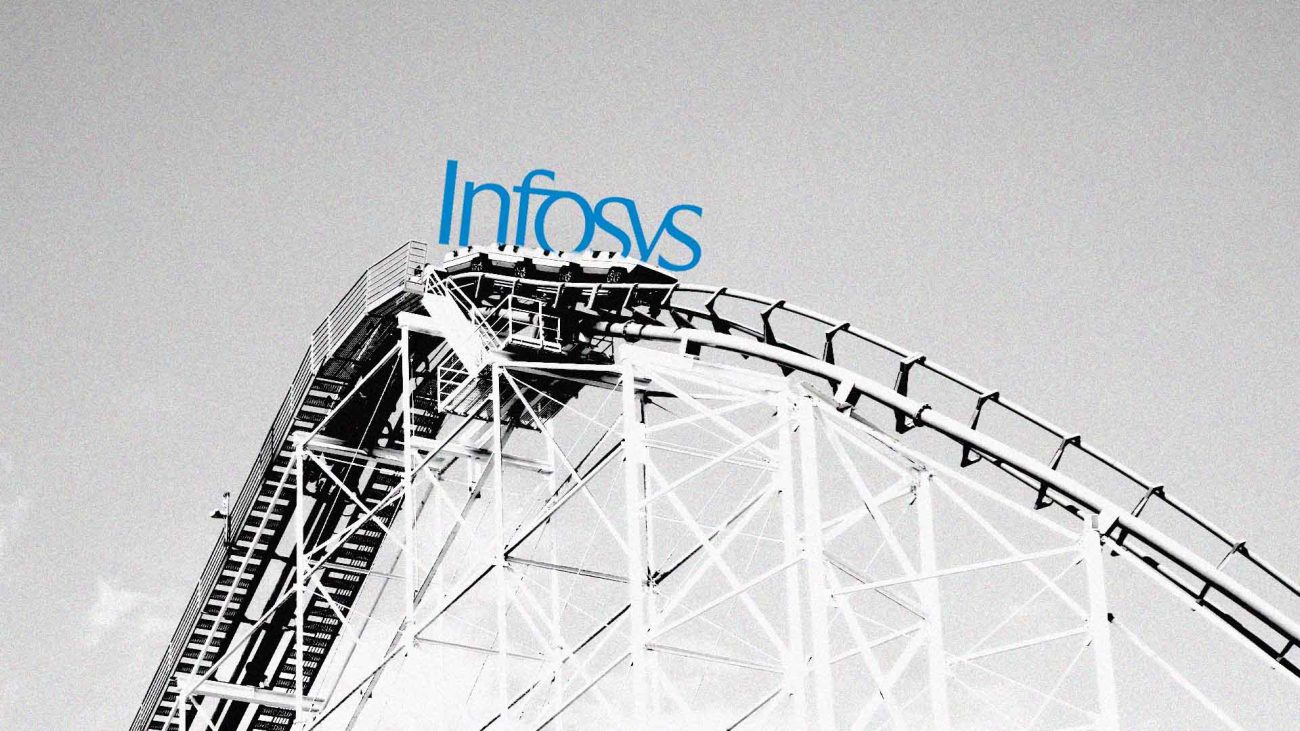|
Listen to this story
|
MongoDB has been a developer favourite for the longest time. The king of NoSQL database has added vector search, which greatly streamlines the integration of generative AI and semantic search into applications.
MongoDB today came out with a suite of new announcements. This includes Google Cloud and MongoDB collaboration on an AI initiative, alongside the introduction of the AI Innovators Programme. As part of this collaboration, they have developed various new offerings for MongoDB and its data developer platform MongoDB Atlas. Additionally, MongoDB has unveiled MongoDB Atlas specifically tailored for industries and financial services. Furthermore, the relational migrator is now widely accessible to everyone.
Read more: The good, the bad and the ugly – the story of MongoDB
Fuelling Generative AI with MongoDB Atlas
The process of converting data into vectors allows for effective clustering and semantic search operations. Similar data points are closer to each other in vector space, facilitating meaningful associations and comparisons. “MongoDB’s vector search capabilities provide a foundation for generative AI applications by converting diverse data types, such as text, images, videos, and audio files, into numerical vectors. This simplifies AI processing and enables efficient searches based on relevance,” said Himanshumali, principal solutions architect, in an exclusive interaction with AIM.
The generative AI capabilities with MongoDB Atlas vector search enables precise information retrieval and personalisation. Moreover, MongoDB Atlas Search Nodes offer dedicated resources for enterprise-scale search workloads.
Traditionally, when customers use different search engines, there are challenges in synchronising the source database with the search engine, leading to architectural complexity and time delays. However, with Atlas, search is part of the same platform, eliminating the need to move data to a different platform. “All search operations can be performed directly on Atlas in real time, providing customers with a seamless search experience,” he added.
“Developers can now leverage familiar MongoDB query language to perform semantic queries without the need for specialised vector databases or language acquisition,” he said.
MongoDB Atlas Stream Processing facilitates the handling of high-velocity streams of intricate data. Streaming data, which is continuously generated and evolving, is crucial for real-time use cases such as personalisation, fraud detection, IoT, and route planning. The lifecycle of streaming data involves a source where the data is generated, analytics on the streaming data for insights, and a persistent database to store the data. This integration of data at rest and data in motion provides an elegant and efficient experience for developers, enabling multiple real-time use cases.
Lastly, the introduction of MongoDB Atlas Data Federation empowers users to query data and isolate workloads on Microsoft Azure. Collectively, these innovations empower businesses to optimize operational efficiency and accelerate innovation by consolidating various workloads on a unified developer data platform throughout the organisation.
Additionally, MongoDB has unveiled MongoDB Atlas specifically tailored for industries and financial services. This offering aims to provide resilience, scalability, data privacy, and compliance solutions tailored to the requirements of the financial industry. “We have a strong customer base in the financial segment, including a significant number of top banks in North America, supporting over 150,000 transactions per second,” said Himanshumali.
Harnessing the Best of Google
MongoDB and Google Cloud have joined forces to enhance the adoption of generative AI and facilitate the creation of innovative applications. By leveraging its integrated operational data store, MongoDB Atlas uniquely supports the development of generative AI-powered applications with increased efficiency and simplicity.
Talking about why Google Cloud is over other potential cloud providers, Himanshumali mentions that Google Cloud’s capabilities for generative AI, which they integrated into the partnership. So developers can now utilise MongoDB Atlas along with Google Cloud’s Vertex AI and access professional services for expedited software development, including quick-start architecture reviews.
Say Goodbye to Relational Database Complexities
Data forms the crux of everything. The buzz around generative AI would have not been there had it not been for these databases that form the heart and soul of the large language models. While we have Redis, Apache Cassandra as the NoSQL heroes, Neo4j, OrientDB is adding to the text-to-anything bandwagon with graph technology.
While graph databases are more suitable for applications that necessitate complex queries about relationships between entities, whereas vector databases are more appropriate for applications that demand similarity searches. Nevertheless, there are instances where both types of databases can be advantageous.
Take, for instance, a social network which could use a graph database to store user relationships and a vector database to store user characteristics. By doing so, the social network would be able to execute both complex relationship queries and similarity searches.
“Relational databases come with their own set of limitations from the complexities that arise when using multiple niche databases,” he said. To solve this, MongoDB has now made its Relational Migrator available for public use. The migrator identifies workloads, updates schemas, modernises application code, and migrates data from various relational databases. It supports Oracle, SQL, and Postgres databases and utilises AI to generate code changes, streamlining the development process.
Accenture, Capgemini, Nationwide Building Society, and Powerledger are among the notable customers and partners already benefiting from MongoDB Relational Migrator.
Read more: Neo4j’s Role in Fueling Generative AI with Graph Technology


















































































